Romanian Deadlift (RDL)
RDLs require more hamstring flexibility than the conventional deadlift, and due to its eccentric focus also places greater demands on the hamstrings and erector spinae. RDLs begin in an upright standing position, either by un-racking it or lifting it off the ground, and require a strong hip hinge pattern until the bar reaches the knees (depending on hamstring flexibility, the bar may reach slightly above or below the knees). The main problem for weightlifters is that they load this lift the same way they would a conventional deadlift. Not only do injuries occur when load exceeds capacity, but they are also more likely to occur during the eccentric phase of an exercise. When trained properly, the RDL is great for improving hamstring flexibility. Just be careful not to force your hamstrings into ranges they don’t have!
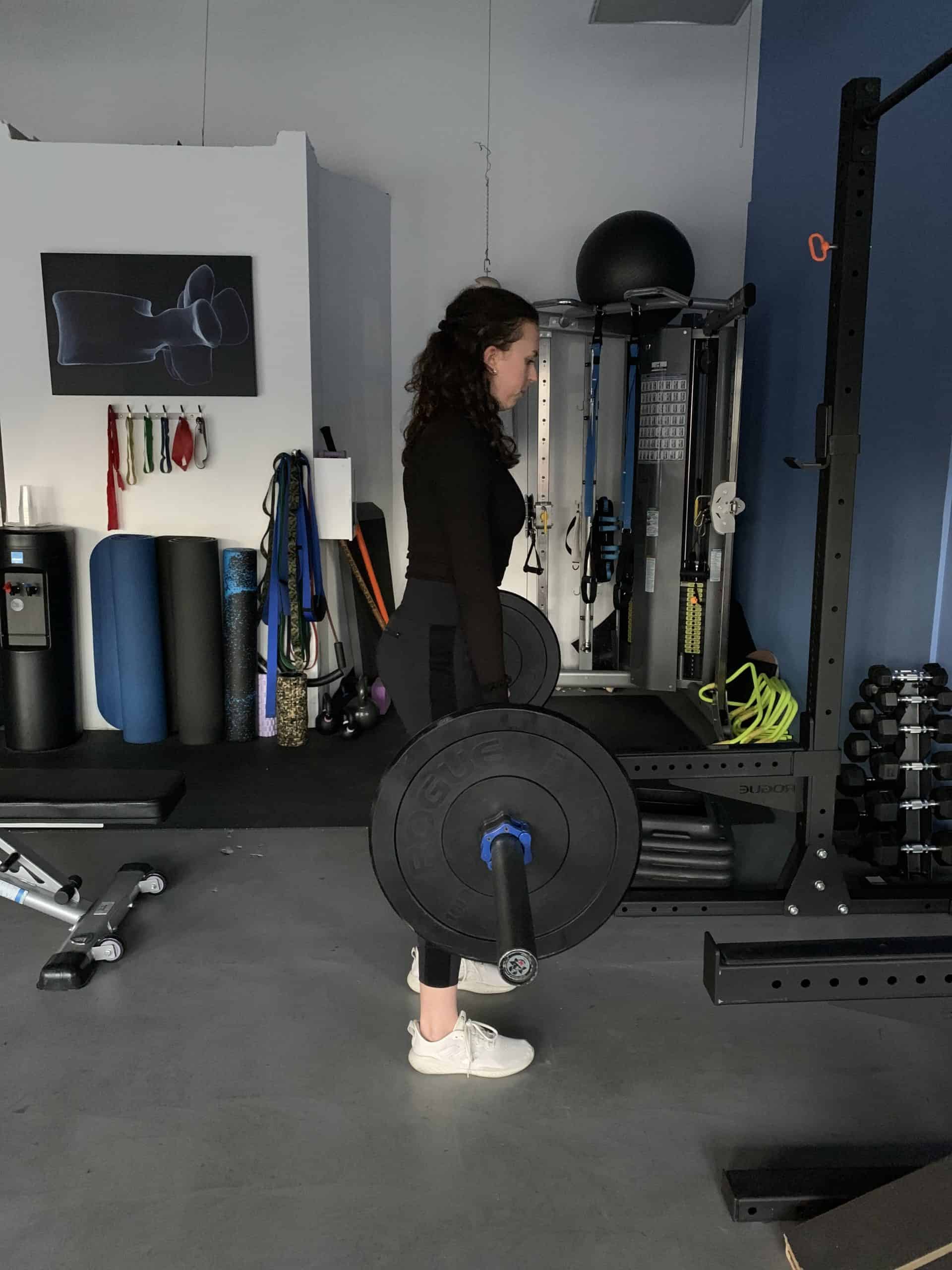
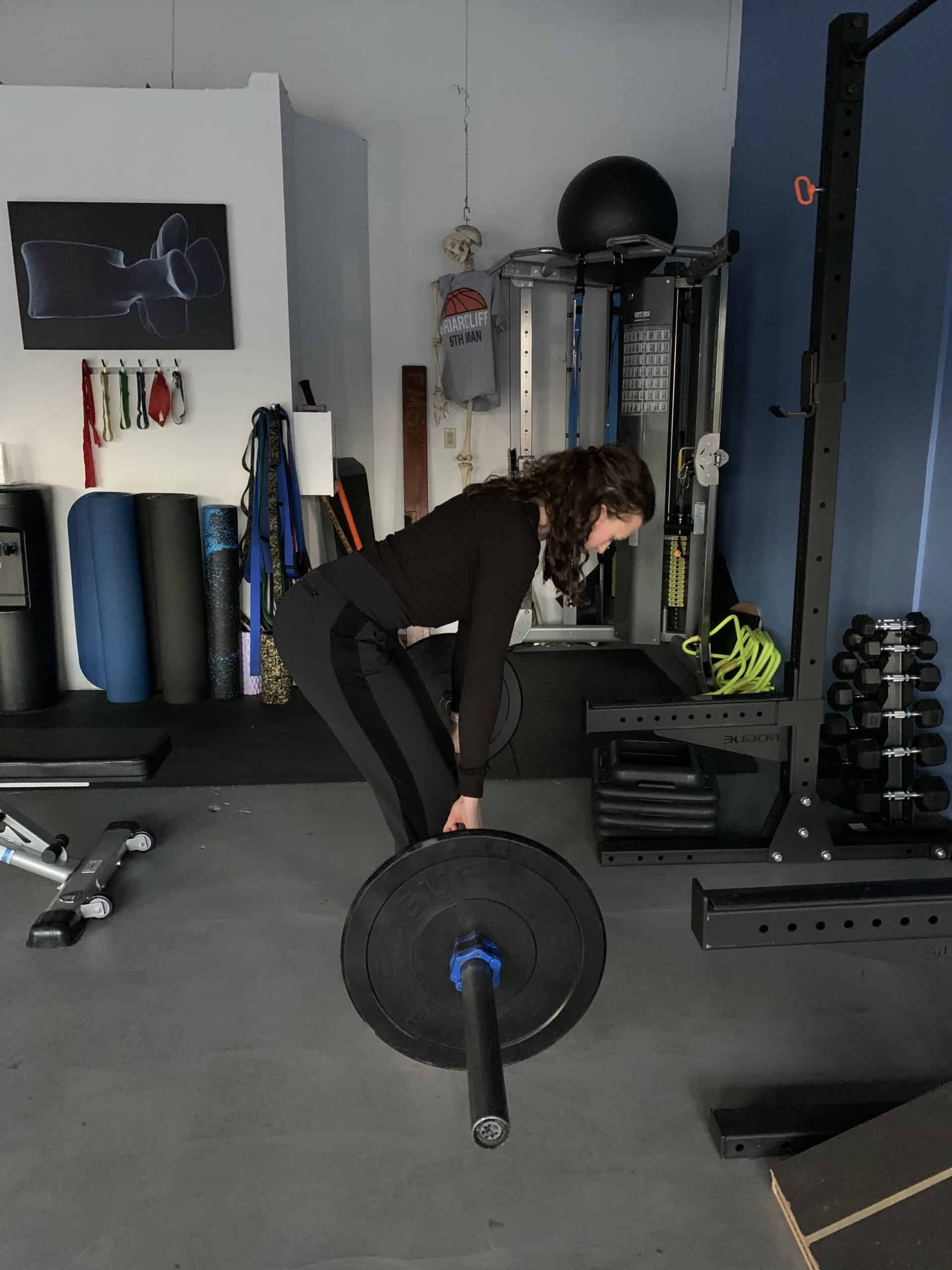
Best suited for: increasing hamstring flexibility, grade I hamstring strains in the later phases of rehab
Beware: grade II or III hamstring strains, hamstring tendinopathy, low back pain and back injuries
Stiff-Leg Deadlift
This deadlift is notorious for annihilating your hamstrings. It’s similar to the RDL for three reasons: 1) similar starting positions, 2) emphasis on the eccentric phase and 3) hamstring dominance. Unlike the RDL, during a stiff-leg DL the weight surpasses the knees and touches the ground while maintaining a soft bend in the knees.
Because of this, the lift requires the greatest amount of hip range of motion and hamstring flexibility and should be performed at lower loads for higher reps. If your goal is hamstring strength/hypertrophy, stiff-legs should be a staple in your program. But, if you have a current or recurrent history of hamstring strains, hamstring tendinopathy, or lower back pain you may want to hold off on aggressive eccentric exercises like this for now.
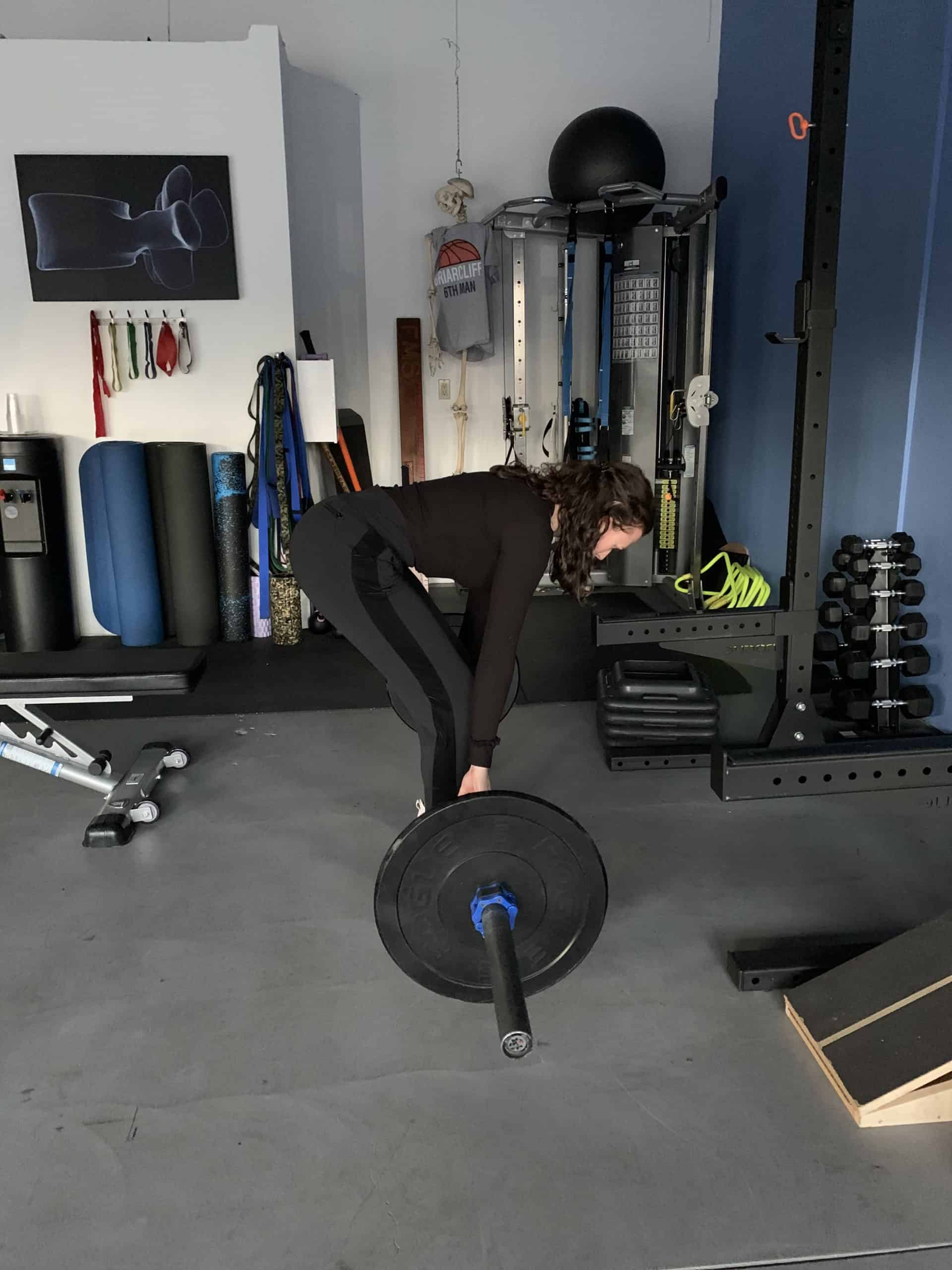
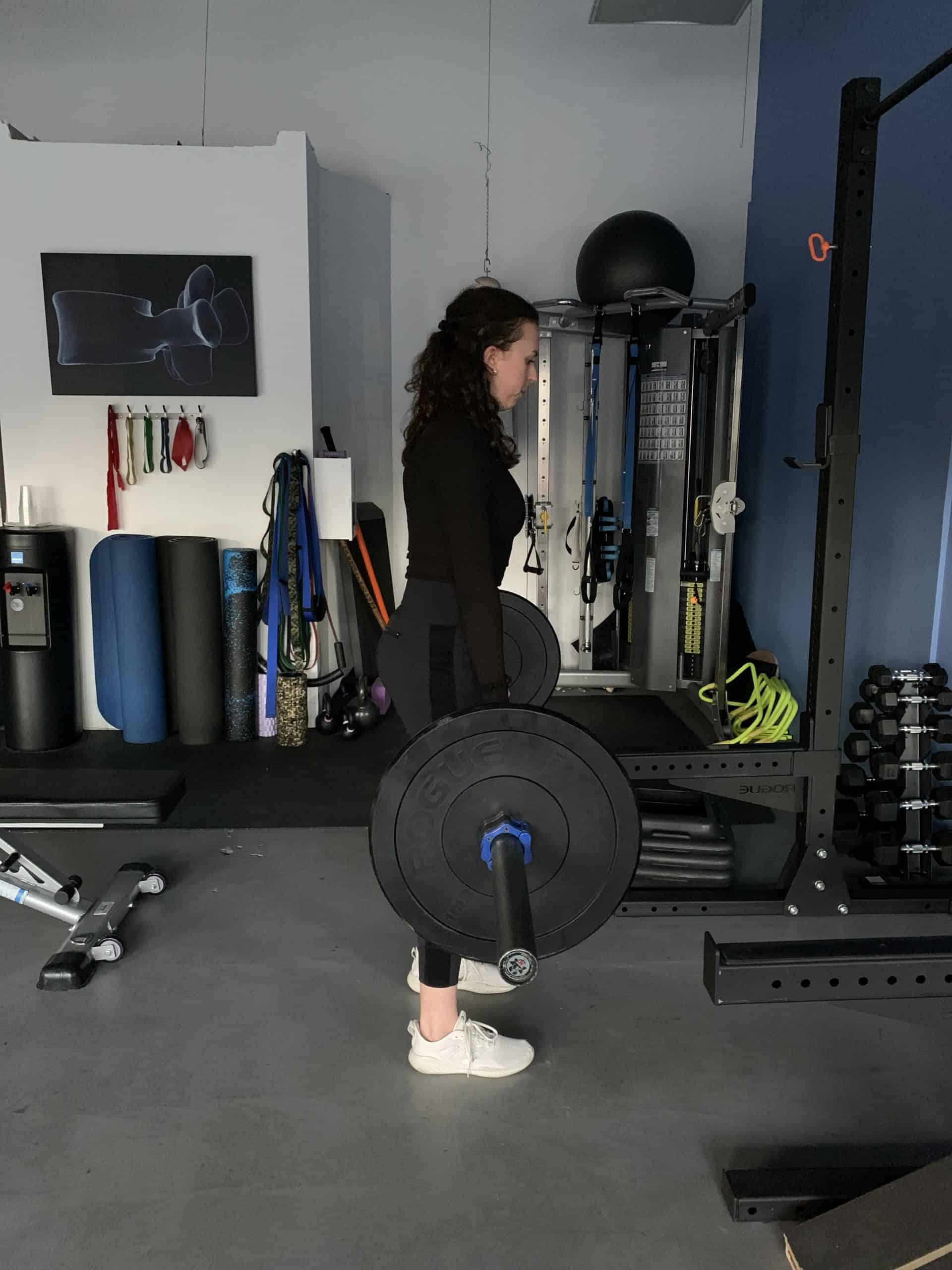
Best suited for: hypertrophy of hamstrings, hamstring strength, weightlifters with adequate hamstring flexibility
Beware: decreased hamstring flexibility, history or current hamstring strain, low back pain and back injuries
Hybrid Deadlift
My favorite deadlift of all…the hybrid! This lift is a combination of a sumo and conventional deadlift. For years I’ve had alternating hip and back pain and could not understand what I was doing wrong with my deadlifts. I would try sumo’s, then I would try conventional. They both seemed so unnatural probably because of my long femurs and bilateral hip impingement. The lift requires much less abduction and external rotation than the sumo, but a wider stance than the conventional deadlift. The hybrid offers so much freedom in terms of stance, grip (inside or outside the legs), and torso angle. It works the hamstrings, glutes, quads, and erector spinae equally while decreasing risk for injury, making it the superior deadlift! PRs are no doubt achievable with the hybrid due to its concentric focus. If you have a history of back or hip pain, try out the hybrid.

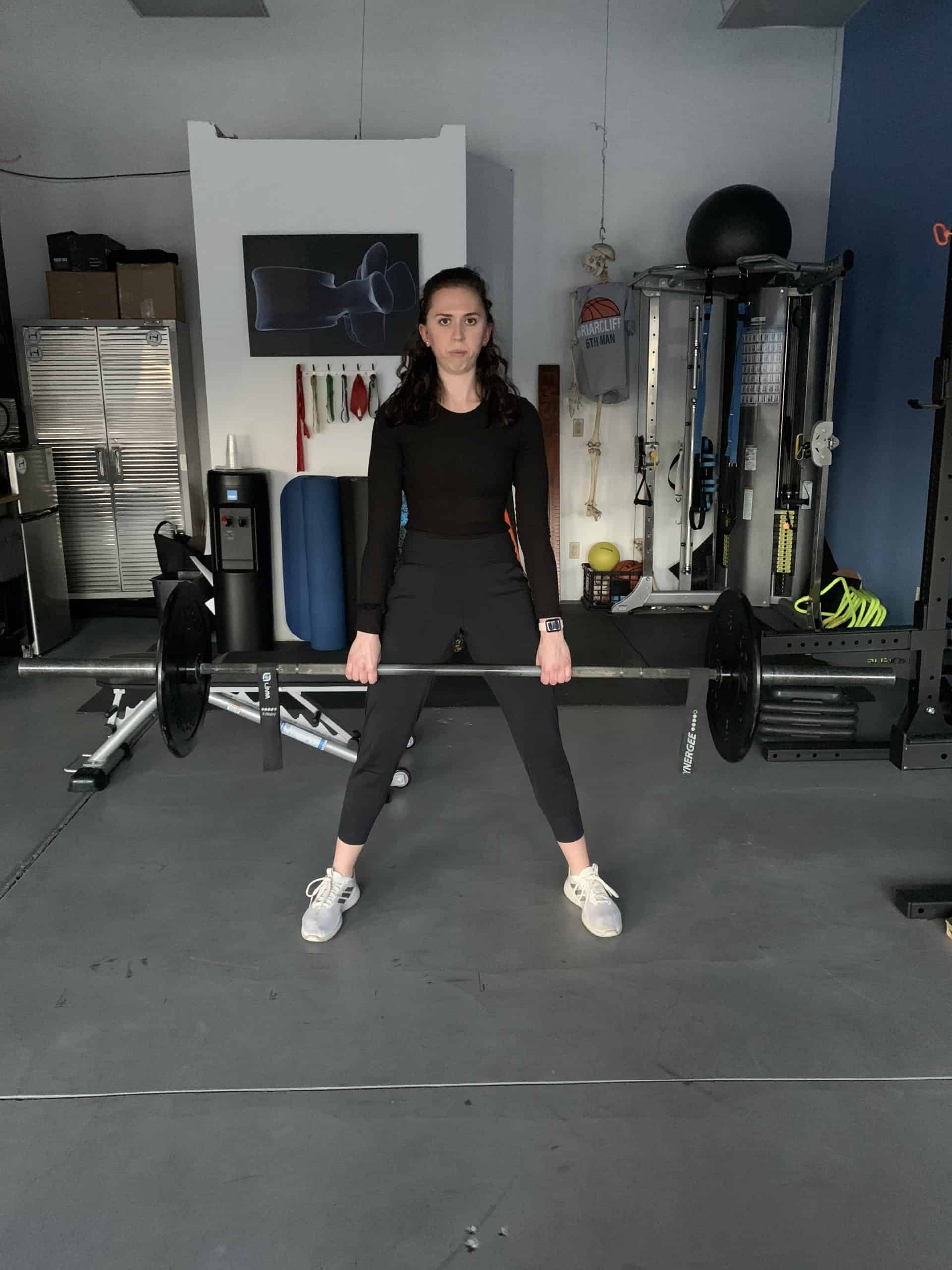
Best suited for: hip pathology or pain, low back pain, hamstring strain or tendinopathy, decreased hamstring flexibility
BEST OVERALL LIFT: hybrid
BEST OVERALL LIFT FOR BACK PAIN: sumo or hybrid
BEST OVERALL LIFT FOR HIP PAIN: conventional or hybrid
BEST OVERALL LIFT FOR HAMSTRING PAIN/STRAIN/TENDINOPATHY: sumo or hybrid
If you follow an online program, don’t be afraid to substitute one type of deadlift for another. A good program will allow you to lift heavier weights for longer periods without injury. The goal is longevity, not burning out on your fourth week because you hurt your back yet again performing a 1RM conventional deadlift. If you still struggle with frequent injuries after making adjustments to your program, don’t be afraid to get evaluated by a Physical Therapist!
